Ruizi Wu
CNN-based Prediction of Network Robustness With Missing Edges
Aug 25, 2022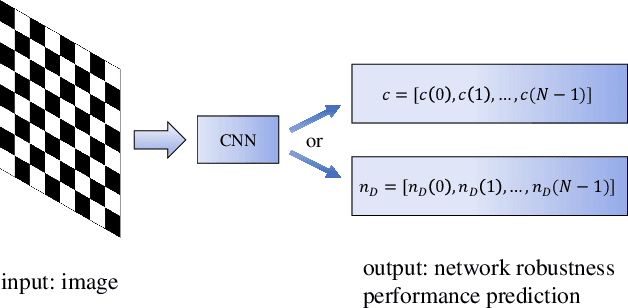

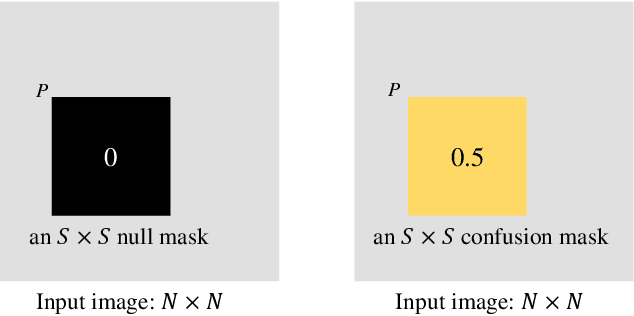
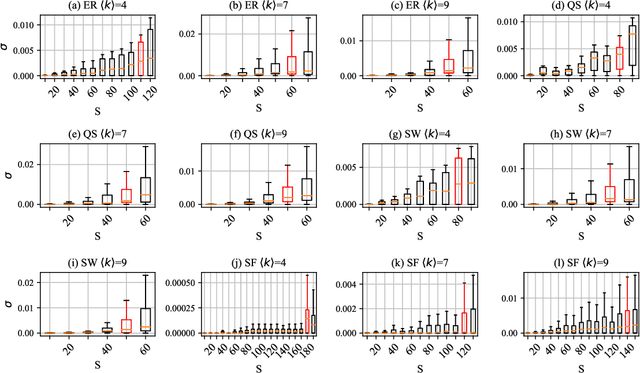
Abstract:Connectivity and controllability of a complex network are two important issues that guarantee a networked system to function. Robustness of connectivity and controllability guarantees the system to function properly and stably under various malicious attacks. Evaluating network robustness using attack simulations is time consuming, while the convolutional neural network (CNN)-based prediction approach provides a cost-efficient method to approximate the network robustness. In this paper, we investigate the performance of CNN-based approaches for connectivity and controllability robustness prediction, when partial network information is missing, namely the adjacency matrix is incomplete. Extensive experimental studies are carried out. A threshold is explored that if a total amount of more than 7.29\% information is lost, the performance of CNN-based prediction will be significantly degenerated for all cases in the experiments. Two scenarios of missing edge representations are compared, 1) a missing edge is marked `no edge' in the input for prediction, and 2) a missing edge is denoted using a special marker of `unknown'. Experimental results reveal that the first representation is misleading to the CNN-based predictors.
A Learning Convolutional Neural Network Approach for Network Robustness Prediction
Mar 20, 2022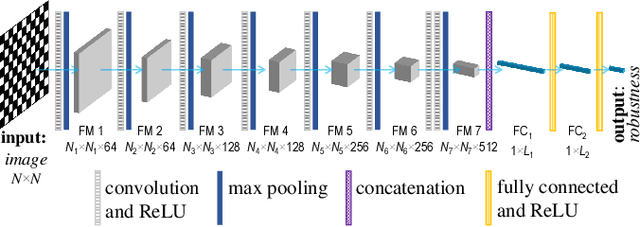
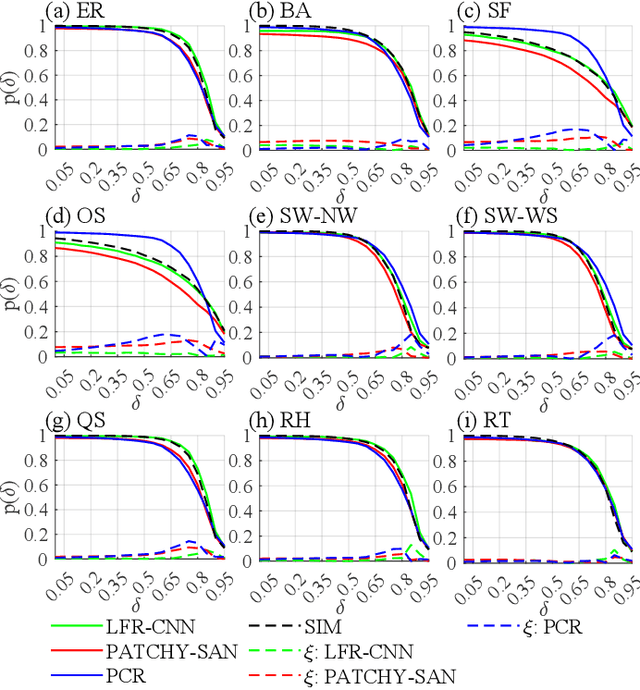
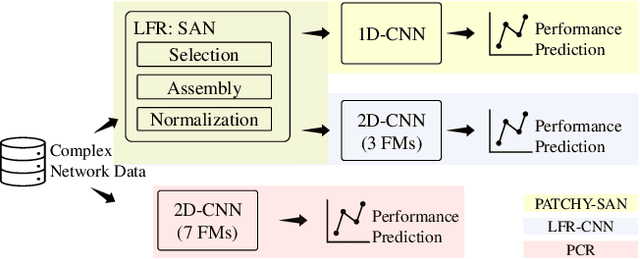
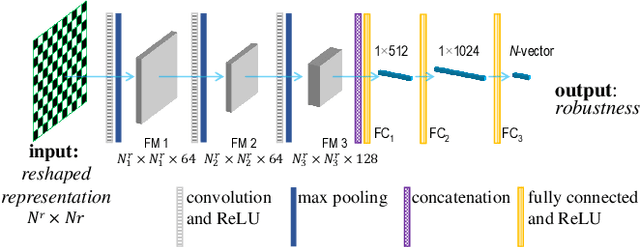
Abstract:Network robustness is critical for various societal and industrial networks again malicious attacks. In particular, connectivity robustness and controllability robustness reflect how well a networked system can maintain its connectedness and controllability against destructive attacks, which can be quantified by a sequence of values that record the remaining connectivity and controllability of the network after a sequence of node- or edge-removal attacks. Traditionally, robustness is determined by attack simulations, which are computationally very time-consuming or even practically infeasible. In this paper, an improved method for network robustness prediction is developed based on learning feature representation using convolutional neural network (LFR-CNN). In this scheme, higher-dimensional network data are compressed to lower-dimensional representations, and then passed to a CNN to perform robustness prediction. Extensive experimental studies on both synthetic and real-world networks, both directed and undirected, demonstrate that 1) the proposed LFR-CNN performs better than other two state-of-the-art prediction methods, with significantly lower prediction errors; 2) LFR-CNN is insensitive to the variation of the network size, which significantly extends its applicability; 3) although LFR-CNN needs more time to perform feature learning, it can achieve accurate prediction faster than attack simulations; 4) LFR-CNN not only can accurately predict network robustness, but also provides a good indicator for connectivity robustness, better than the classical spectral measures.
 Add to Chrome
Add to Chrome Add to Firefox
Add to Firefox Add to Edge
Add to Edge